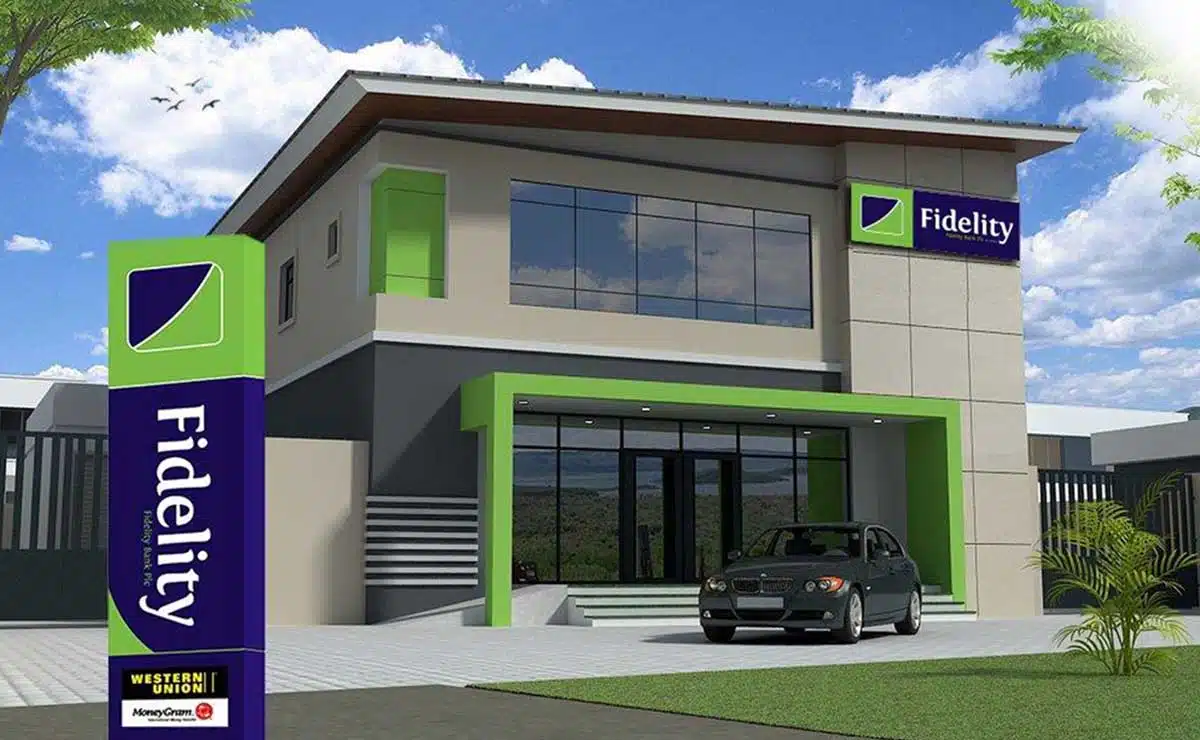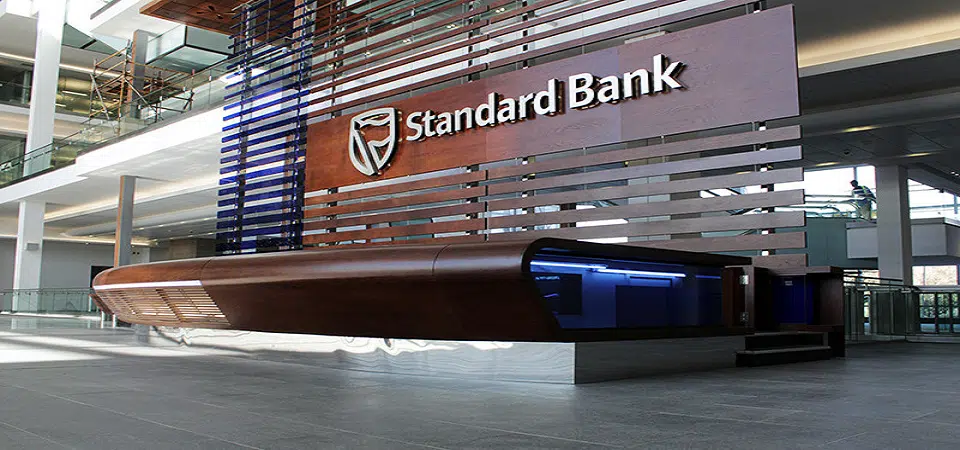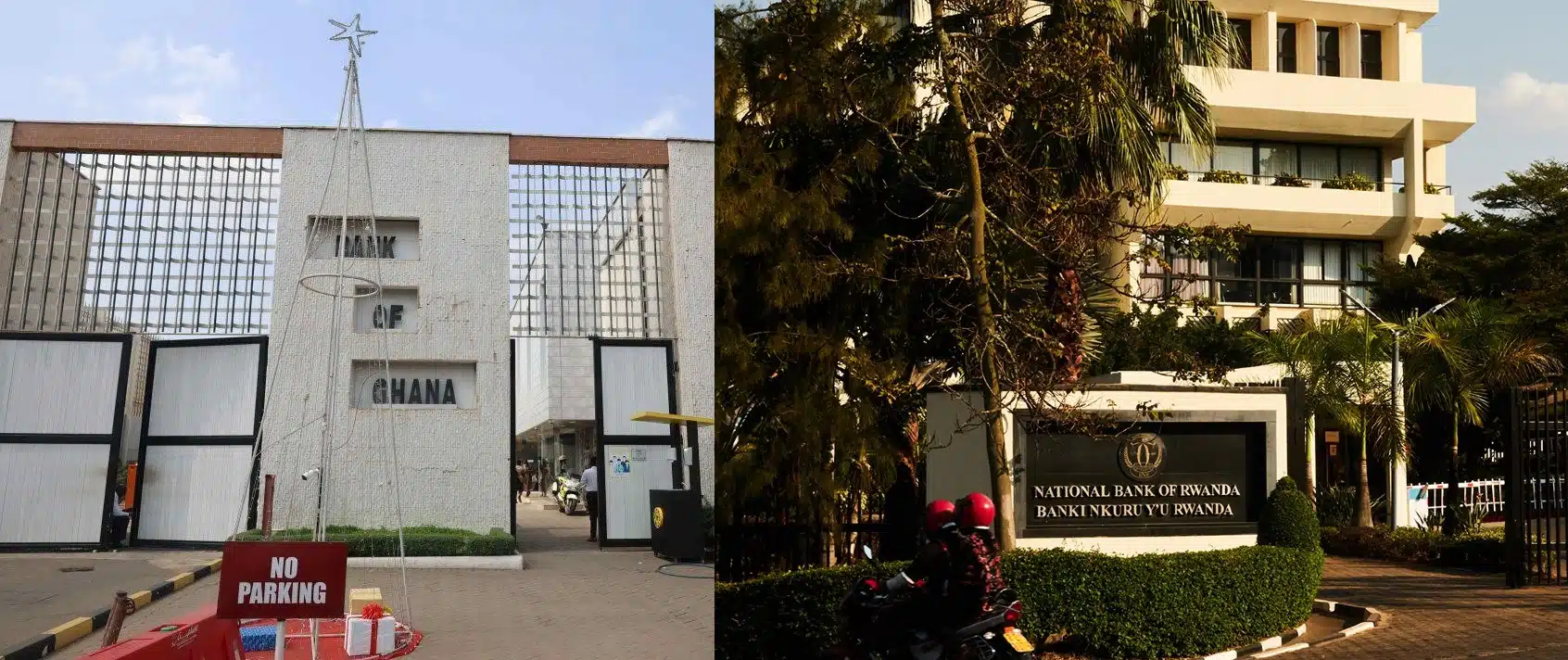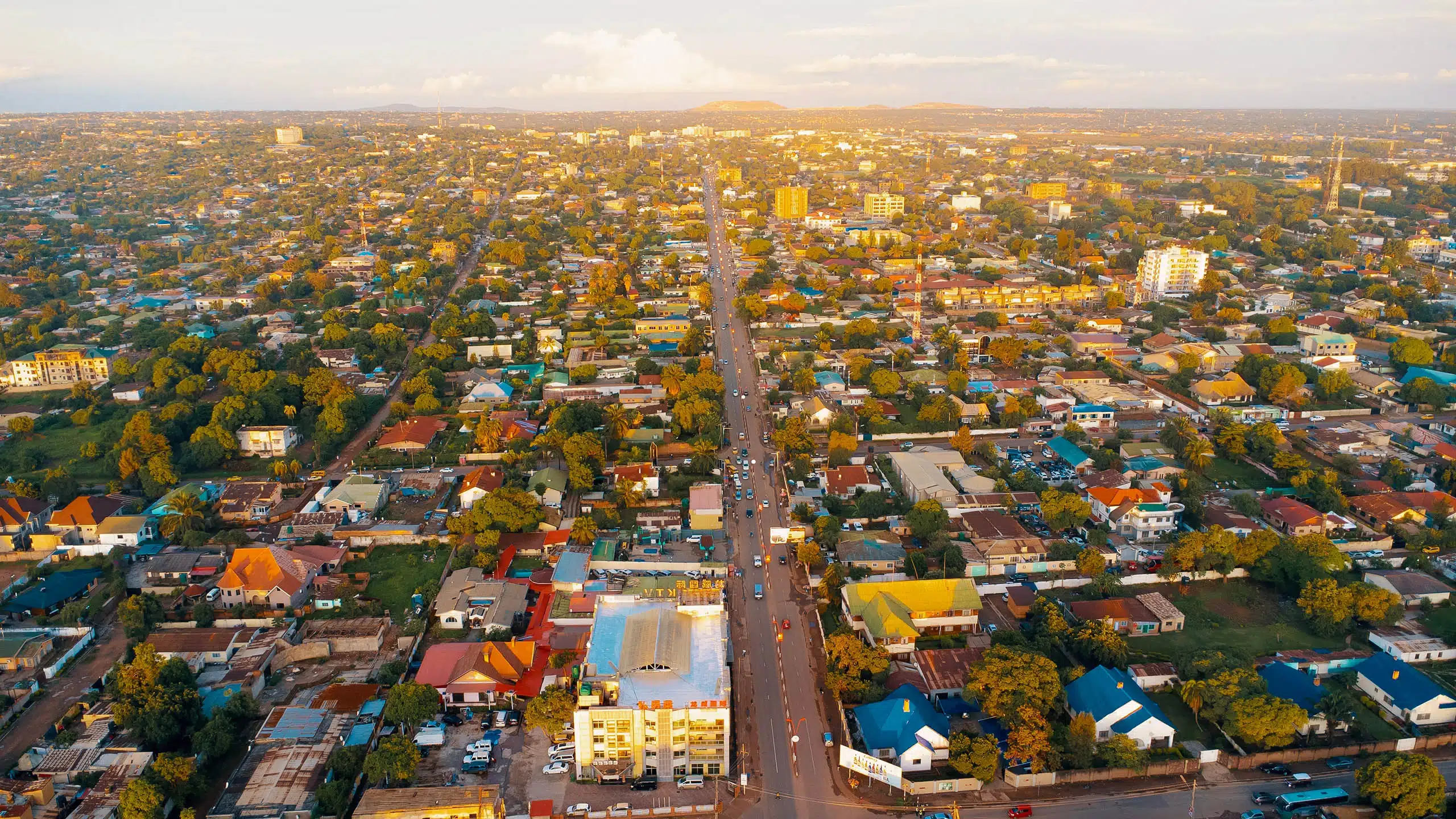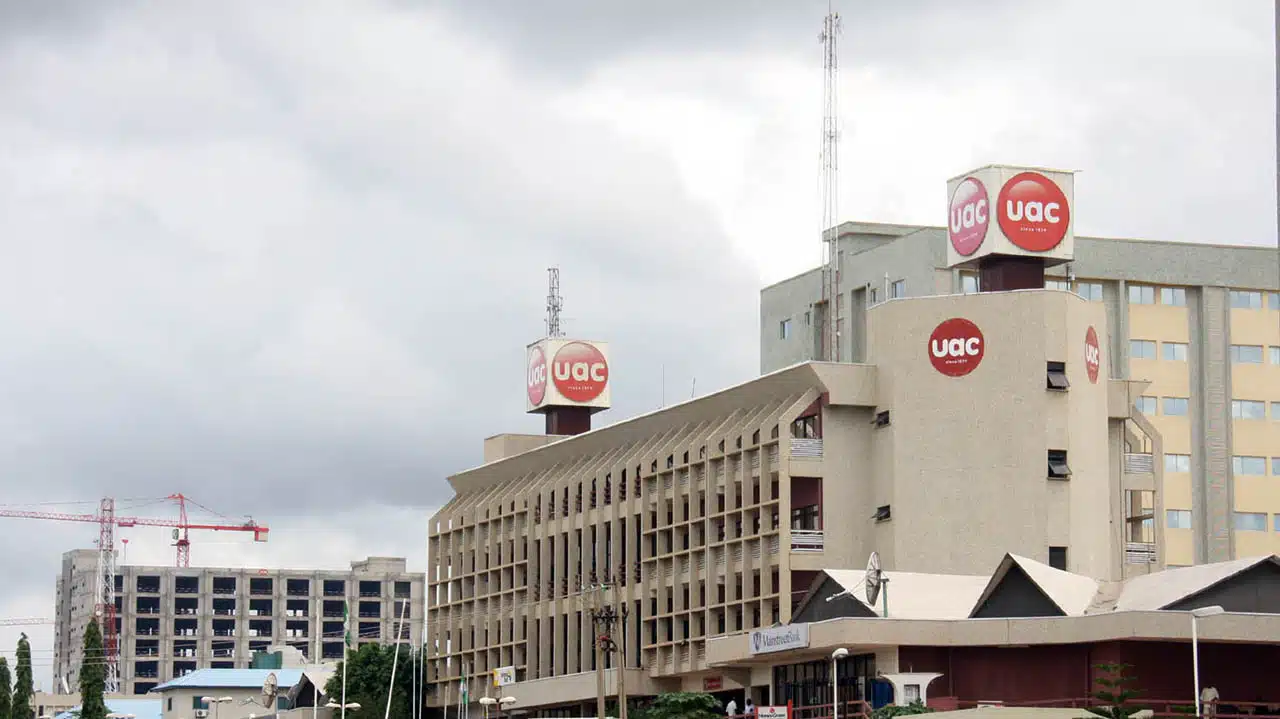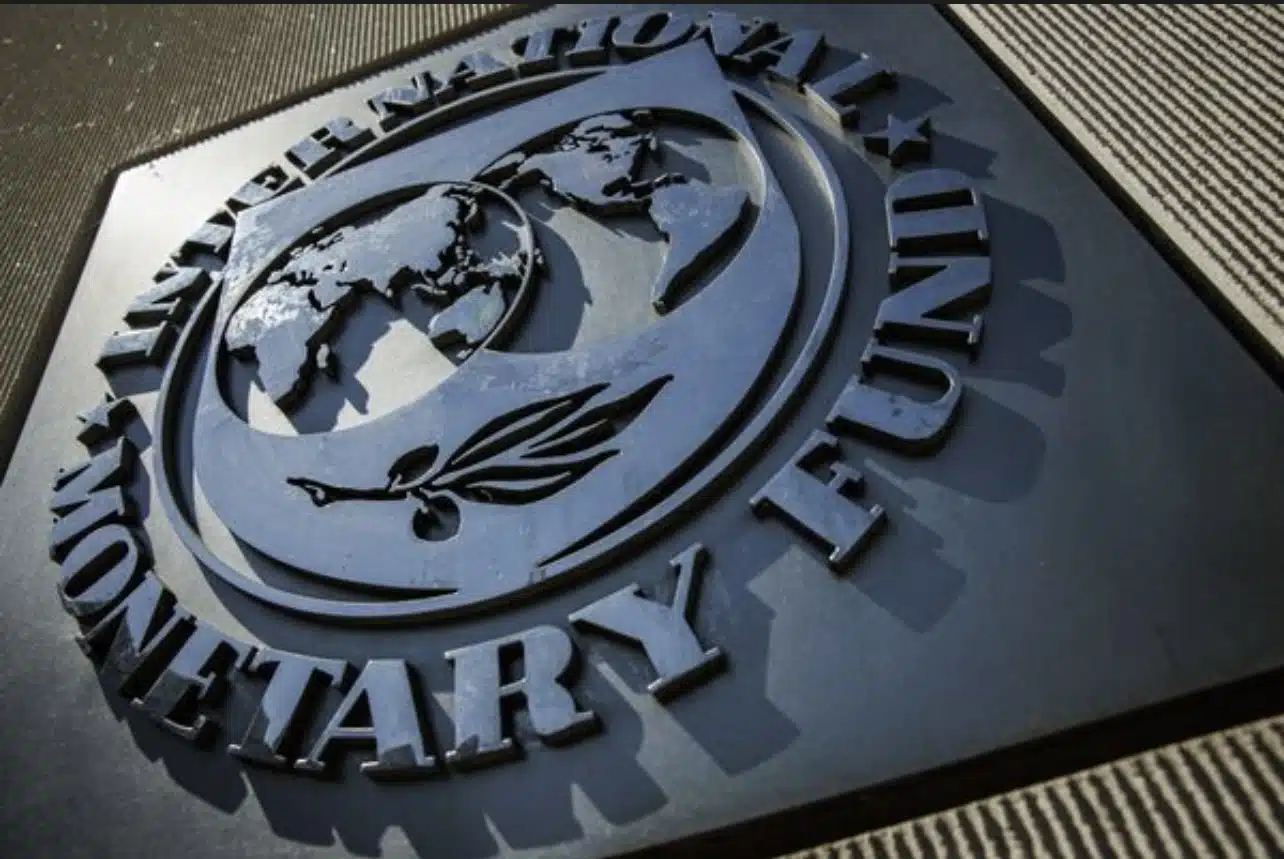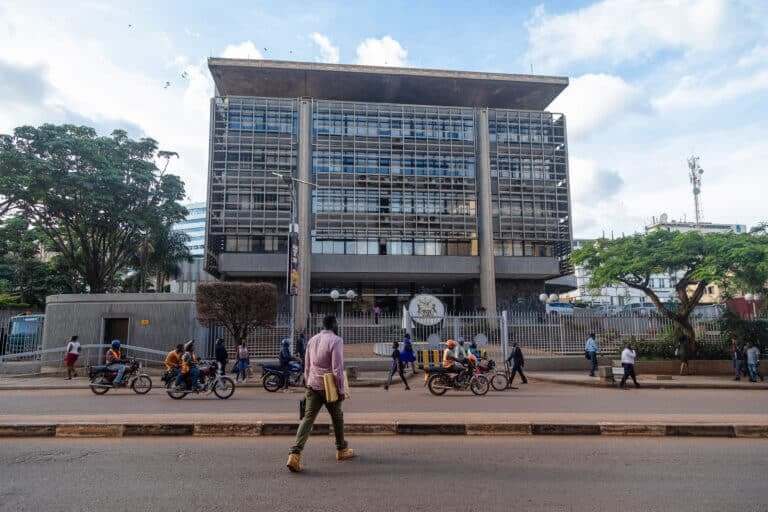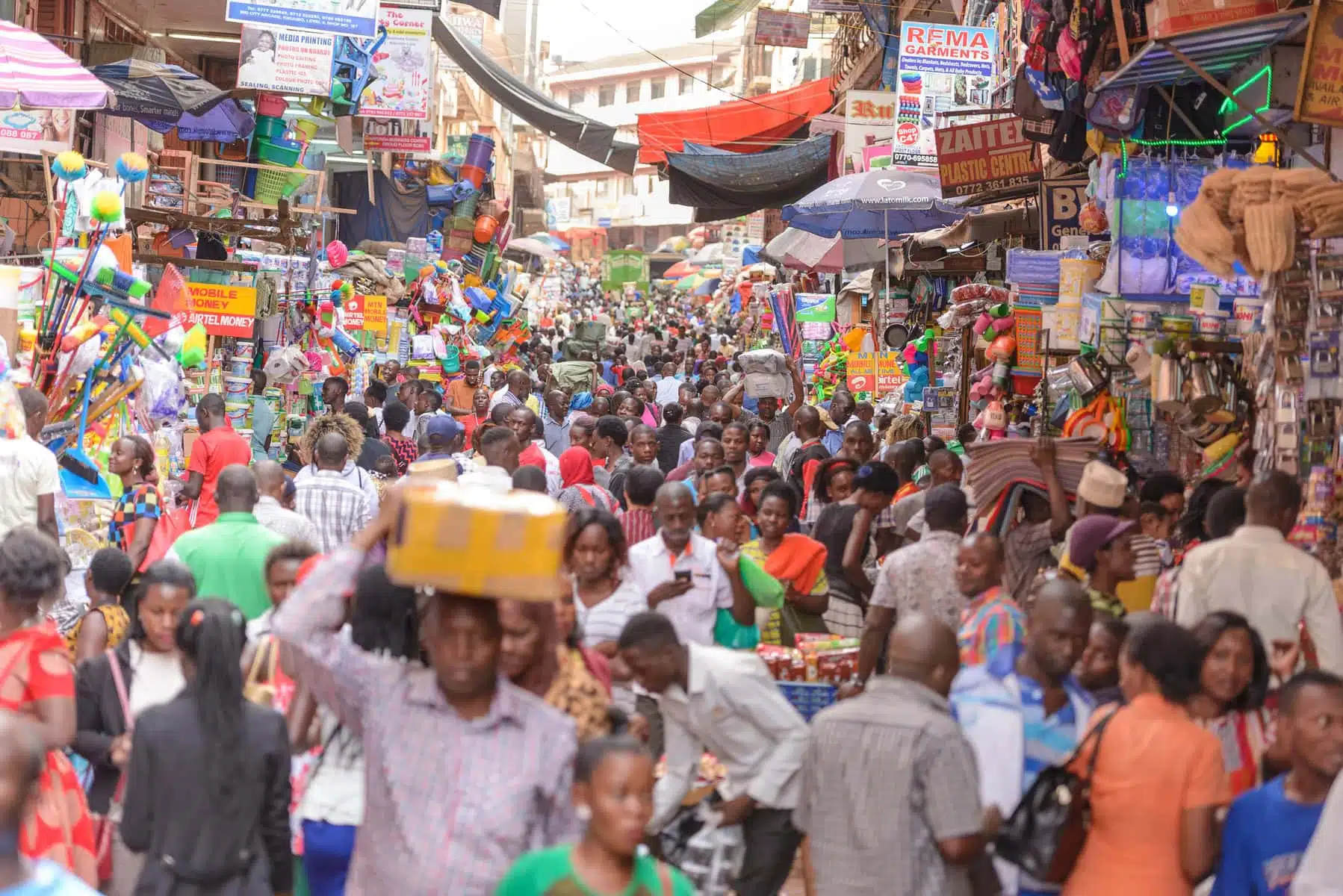Fidelity Bank Plc, one of Nigeria’s major commercial lenders, has reported its first half-year profit decline in seven years, according to an analysis by Finance in Africa.
This development comes a few weeks after the mid-sized bank slipped out of the ₦1 trillion market capitalisation club.
The bank’s H1 2025 results released on Thursday show that after-tax profit fell to ₦132.3 billion ($85.3 million), down from ₦159.8 billion ($106.3 million) in the same period of 2024. Pre-tax profit slid 11.2% year-on-year to ₦180.5 billion ($116.4 million) — its first decline since the first half of 2019.
Derivative loss drives earnings pressure
Fidelity’s profit drop was largely driven by a reversal in derivative outcomes, which swung from a gain of ₦34.2 billion ($22.8 million) in H1 last year to a loss of ₦59.8 billion ($38.5 million) in H1 2025. Derivative losses occur when the value of financial contracts moves unfavourably, resulting in a hit to earnings.
Despite this weakness, the bank recorded notable gains:
- Gross earnings rose 28.8% to ₦420.4 billion ($270.9 million).
- Foreign-currency revaluation gains surged 888.2% to ₦33.7 billion ($21.7 million).
Part of a wider banking-sector pullback
Fidelity is now part of a broader trend of profit contractions across Nigeria’s biggest banking groups:
- Access Holdings Plc: After-tax profit fell 23.3% to ₦215.9bn ($139.1 million).
- First HoldCo: Reported ₦289.8bn ($186.7 million), its first decline in seven years.
- Zenith Bank Plc: Profit fell to ₦532.2bn ($342.9 million), its first drop since 2016.
- GTCO Plc: Earnings slipped to ₦449.01bn ($289.3 million), its first decline since 2022.
- UBA Plc: After-tax profit rose 6.04% to ₦333.5bn ($214.9 million), but pre-tax profit fell for the second straight half-year to ₦388.4bn ($250.3 million).
A reversal after 2024’s highest sector growth
Fidelity had recorded the highest after-tax profit growth—189%—among Nigeria’s top ten banks in 2024, a performance that strengthened investor appetite.
In Q1, after-tax profit jumped by 190% to ₦91 billion ($56.8 million), driven by:
- Higher interest income
- Strong FX gains
- Improved cost efficiency
This momentum helped Fidelity cross the ₦1 trillion market cap threshold on April 4, 2025, becoming the first tier-2 bank to enter the elite group.
Market capitalisation volatility
The bank’s market capitalisation briefly fell below ₦1 trillion on May 20 following a Supreme Court ruling that pressured its share price. It regained the milestone in June and maintained it until October 20, when it slipped again to ₦999.2 billion ($(681.8 million).
The current trillion-naira banking cohort consists of Zenith Bank, GTCO, Access Holdings, First HoldCo, UBA and Stanbic IBTC, which remain the only lenders still above the threshold.
Strong trading activity despite pressure
Fidelity remains the most traded stock on the Nigerian Exchange Limited over the last three months (Aug 18 – Nov 14, 2025), according to African Exchange.
“FIDELITYBK has traded a total volume of 3.5 billion shares — in 40,225 deals — valued at ₦69.9 billion over the period, with an average of 55.5 million shares per session.”
Note: All figures were converted using the official average exchange rates of ₦1,551.9/$1 for H1 2025, ₦1,503/$1 for H1 2024, and ₦1,465.5/$1 for October 20.

